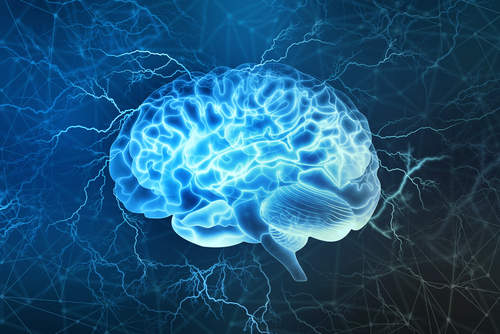Ambroxol Plus ERT Can Ease Neurological Symptoms in Some Gaucher Type 3 Patients, Case Study Suggests

Adding ambroxol to enzyme replacement therapy (ERT) lowers the levels of glucosylsphingosine (lyso-Gb1) — a known diagnostic and response biomarker of Gaucher disease — and can alleviate, to some extent, neurologic symptoms in people with Gaucher type 3, a case study of two patients suggests.
The degree by which it helps these patients, however, appears to depend on their distinct mutations.
The study, “Effect of Ambroxol chaperone therapy on Glucosylsphingosine (Lyso-Gb1) levels in two Canadian patients with type 3 Gaucher disease,” was published in the journal Molecular Genetics and Metabolism Reports.
Gaucher disease is an inherited lysosomal disorder caused by mutations in the GBA gene. This leads to the production of a non-functional glucocerebrosidase (GCase) enzyme, resulting in the accumulation of two fat molecules, glucosylceramide (Gb1) and lyso-Gb1.
Its three types are distinguished by the absence (type 1) or presence and extent (type 2 or type 3) of neurological complications. Type 3 patients have both non-neurological and neurological symptoms, and their neurological manifestations progress slower than in people with type 2 disease.
ERTs, which rely on the delivery of copies of the GCase enzyme to replace the deficient one, break down excess fat molecules to ease the systemic manifestations of Gaucher disease.
However, since ERTs cannot cross the blood-brain barrier — a protective layer that prevents certain molecules from entering the brain — they have little effect on the disease’s neurological symptoms.
Ambroxol, a type of chaperone therapy, is a small molecule that specifically binds to the faulty GCase enzyme and helps it fold properly and become functional again. Due to its small size, ambroxol can cross the blood-brain barrier, and a pilot study showed that adding ambroxol to ERT eased neurological manifestations in Gaucher patients.
Researchers now report on two Canadian patients with Gaucher disease type 3, who were treated with ambroxol for three years in addition to ERT.
The first patient was a 15-year-old boy, diagnosed with Gaucher type 1 at the age of 1, and immediately started on Cerezyme (imiglucerase; by Sanofi Genzyme) treatment, an ERT. Between ages 10 and 11, he started to show neurological problems, such as seizures and walking difficulties, and by age 12 had became wheelchair bound.
At that point, physicians suspected the boy had Gaucher type 3, instead of type 1. Even though a magnetic resonance imaging (MRI) scan showed no changes in brain structures, the boy started ambroxol treatment (25 mg/Kg/day) a few months after the MRI scan.
The second was a 21-year-old girl diagnosed at 3 years old with Gaucher type 1, who also was started immediately on Cerezyme. Like the boy, her neurological symptoms — including seizures, impaired movement coordination, and tremors — appeared at the age of 10.
These new symptoms raised suspicion of a Gaucher type 3 diagnosis, but a brain MRI showed no structural changes in that organ.
At age 18 she became wheelchair bound and was frequently admitted to the hospital with episodes of status epilepticus — life-threatening seizures that require urgent medical treatment. Ambroxol at 25 mg/kg/day was added to her ERT treatment.
In both patients, the levels of lyso-Gb1 dropped by half after six months of ambroxol plus ERT, and fell further (by around 65%) after one to two years of this combo treatment.
The boy had also a 60.9% reduction in lyso-Gb1 levels in his cerebrospinal fluid — the liquid around the brain and spinal cord — after two years of ambroxol’s use. This analysis was not performed on the female patient.
Within six months of being given ambroxol, both patients showed improvements in coordination and walking skills. The boy was able to move without his wheelchair for short periods, and the woman was able to walk without a wheelchair.
However, these mobility gains were lost to the boy after several fractures in the leg and foot, which caused pain and limited his walking.
While the boy showed no changes in the type, frequency, or duration of seizures with ambroxol, the woman had a strong reduction in the duration of her seizures, and she has not been hospitalized for status epilepticus since.
The different responses to ambroxol seen in these two people are likely due to them carrying distinct GBA mutations, the researchers said. And, despite improvements seen in neurological symptoms, ambroxol was unable to fully alleviate seizures in either patient, they added.
Ambroxol treatment was well tolerated by both, with no reports of adverse events.
Evidence from these two cases suggests that “ambroxol in combination with ERT may be a potential promising treatment for patients with GD3 [Gaucher disease type 3], depending on the patient’s [mutations],” the researchers wrote.
Still, “randomized clinical trials are needed, with a larger number of patients, to further evaluate these findings,” they concluded.



